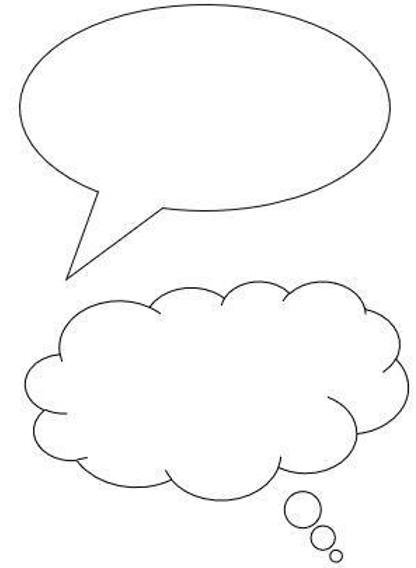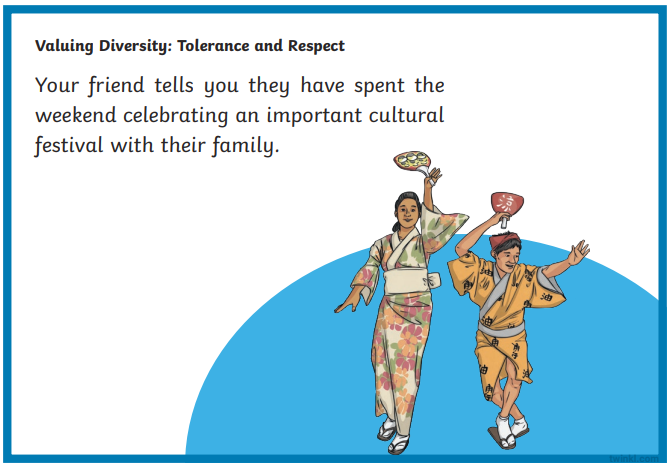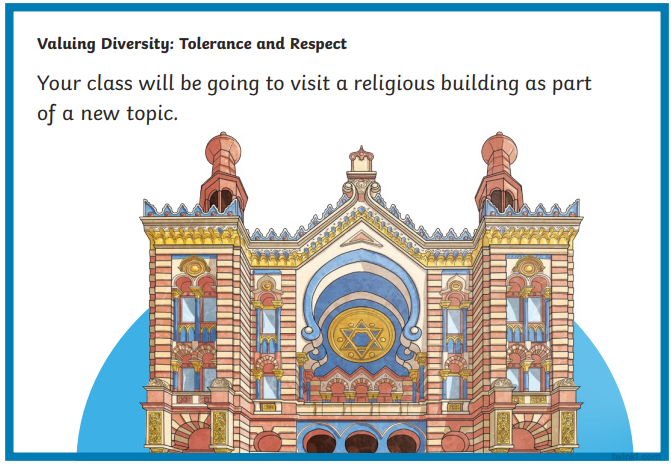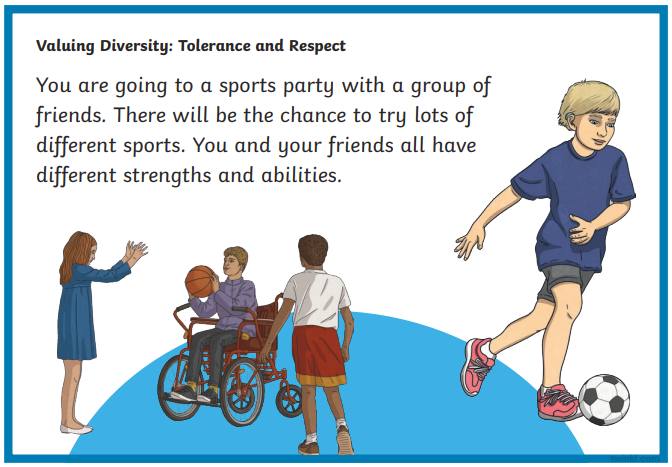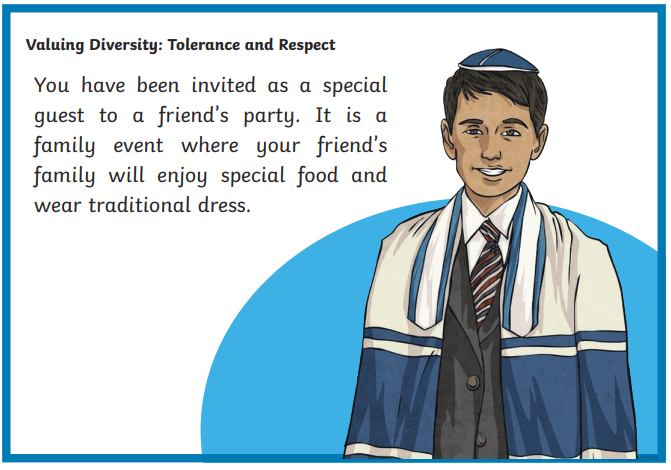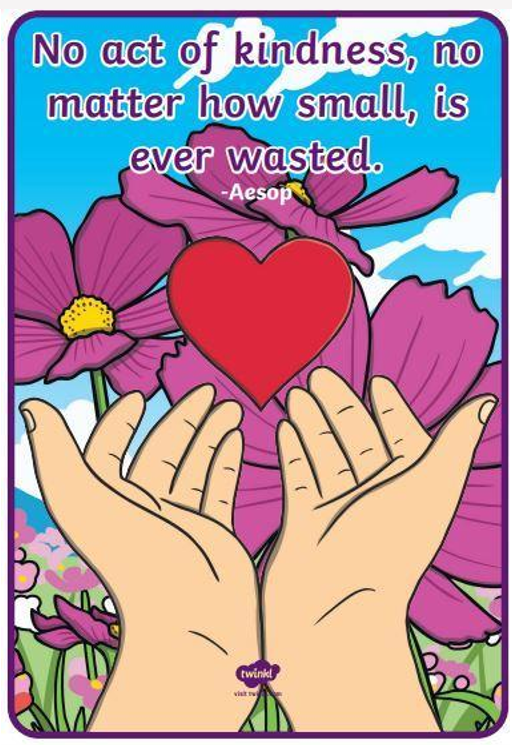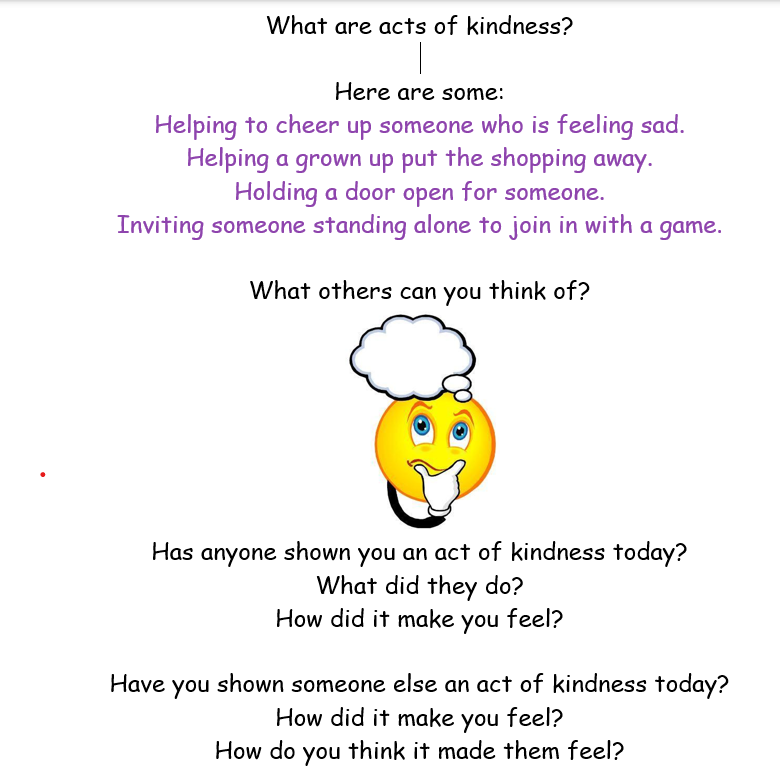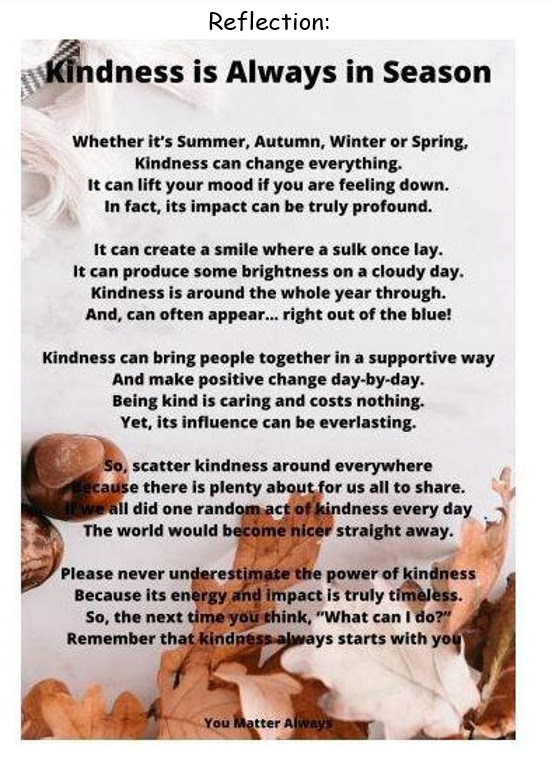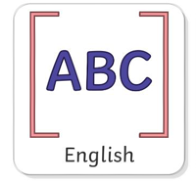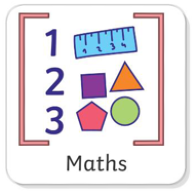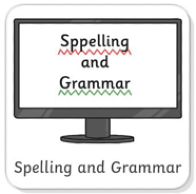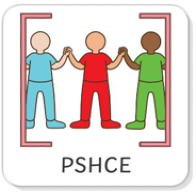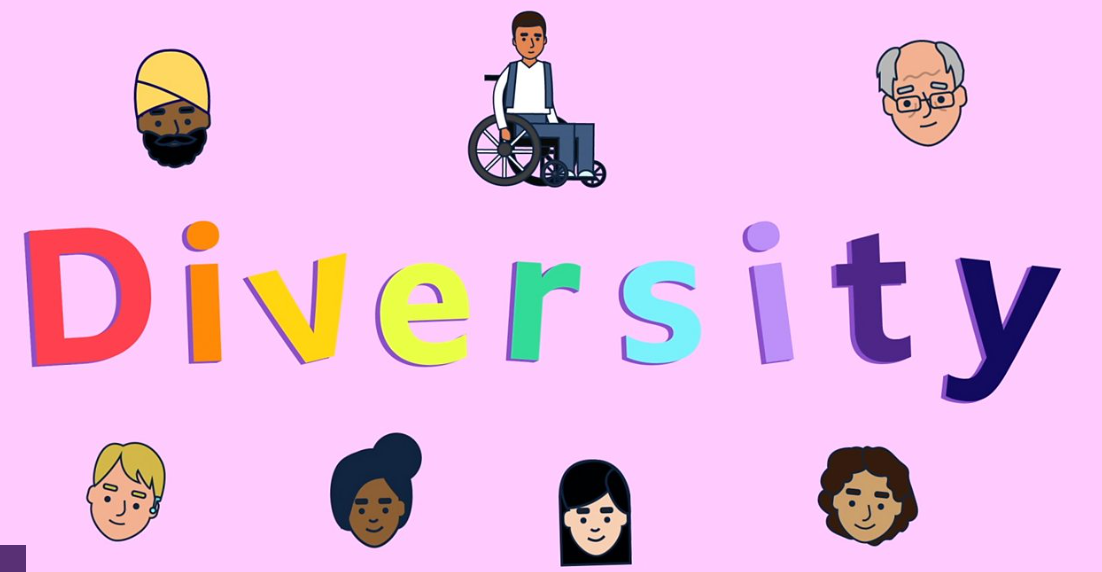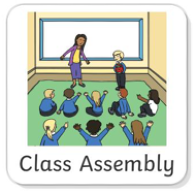Tuesday 9th September
Grammar Warm Up
LC: to know how expanded noun phrases are used in writing for effect

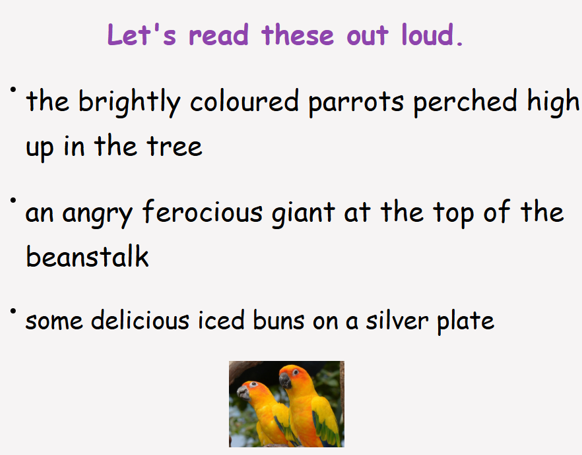

LC: to retrieve information from a text from what is stated and what is implied
When we read stories, we learn information about the story in two ways.
One is what is stated clearly in the text.
The second is what is implied (suggested but not said directly or clearly).
Let's read the story together.
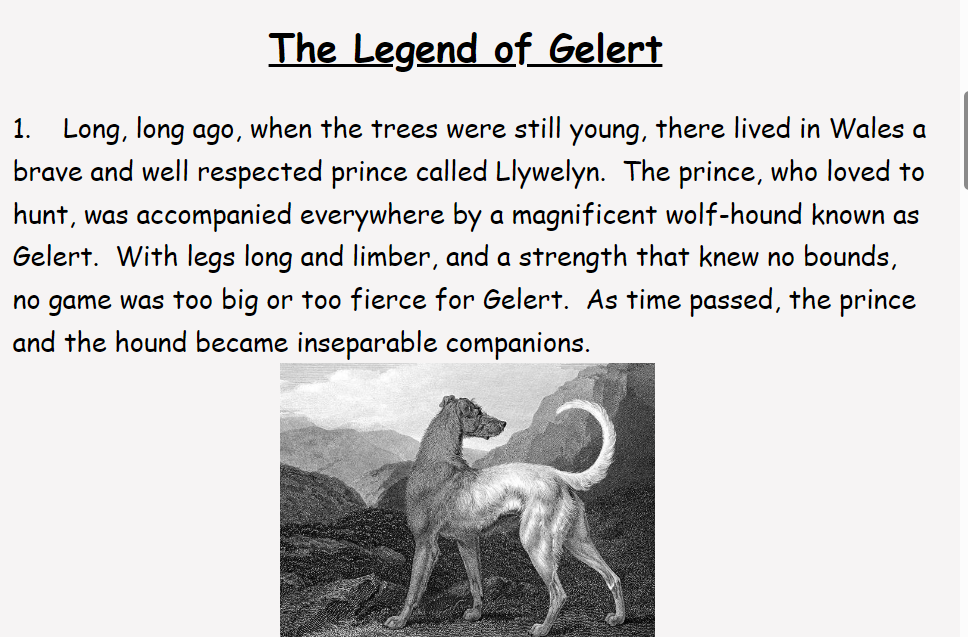
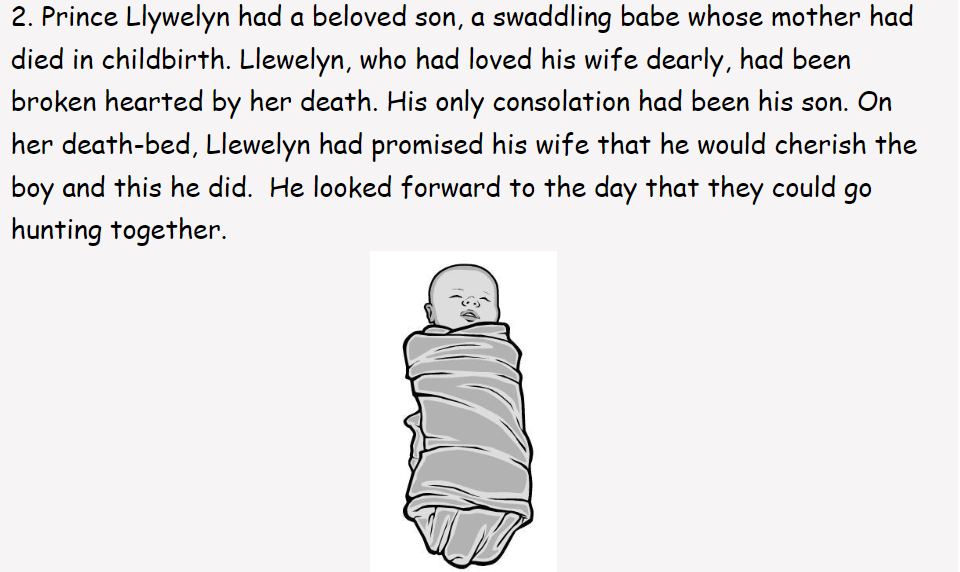
Let's look at what is stated clearly in the story.
With your partner, write short answers to these questions on your whiteboards:
1. Where is the story set?
2. List 2 things we learn about Llywelyn from the first paragraph.
3. Describe Gelert using 3 adjectives.
4. What happened to the Prince's wife?
5. What did Llewelyn ask Gelert to do in the second paragraph?
Now, let's read again and think about what is implied in the text.
This means that we understand a meaning in the text even though the writer has not stated it clearly.
We need evidence to support this which is a quote that we have copied from the story.
Look at the example below:


It is implied that people liked Llywelyn even though it is not written exactly in that way.
Instead, it says in the text that there was ....
' a brave and well-respected Prince called Llywelyn'
and this implies (suggests) that people liked him.
What would it imply if the writer said,
' .... a short-tempered and brutal Prince called Llywelyn'
Discuss with your talk partner.

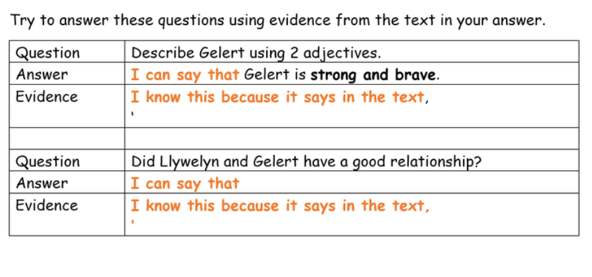
09/09/2025
LC: to compare numbers to 1 000 000
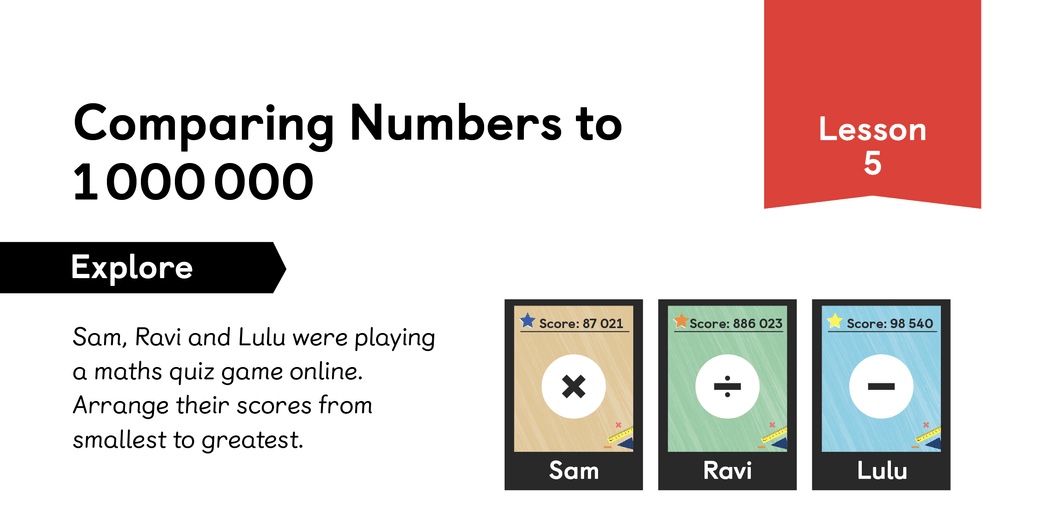
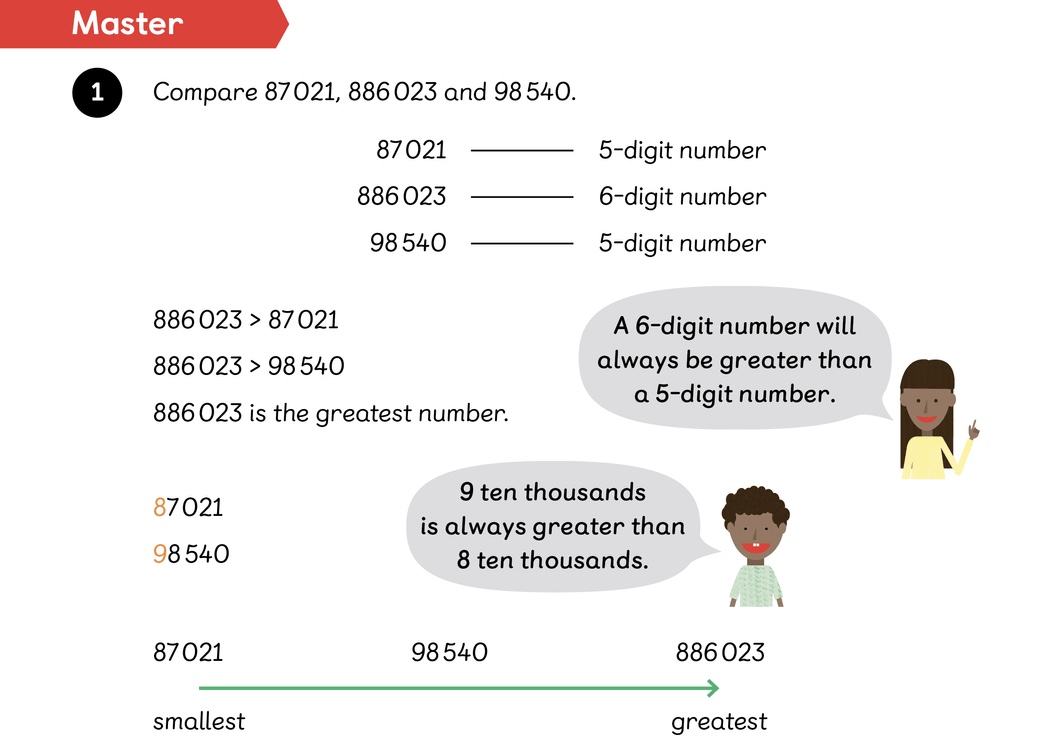
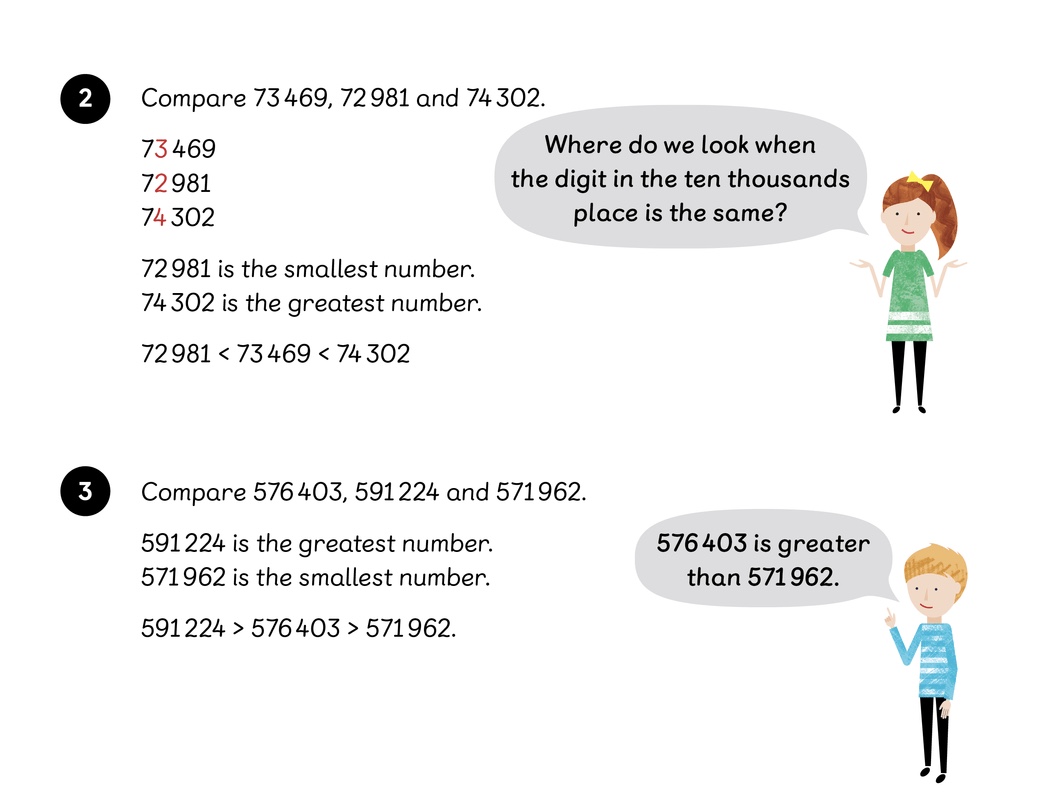
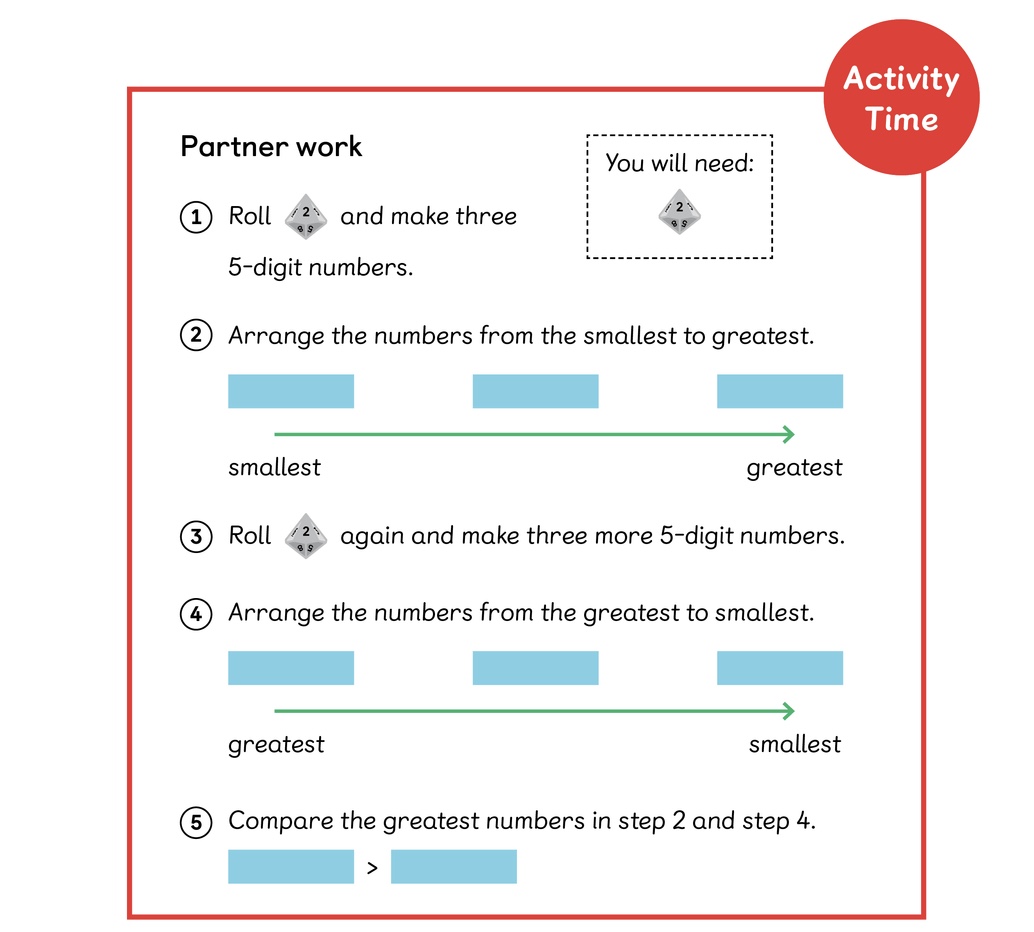
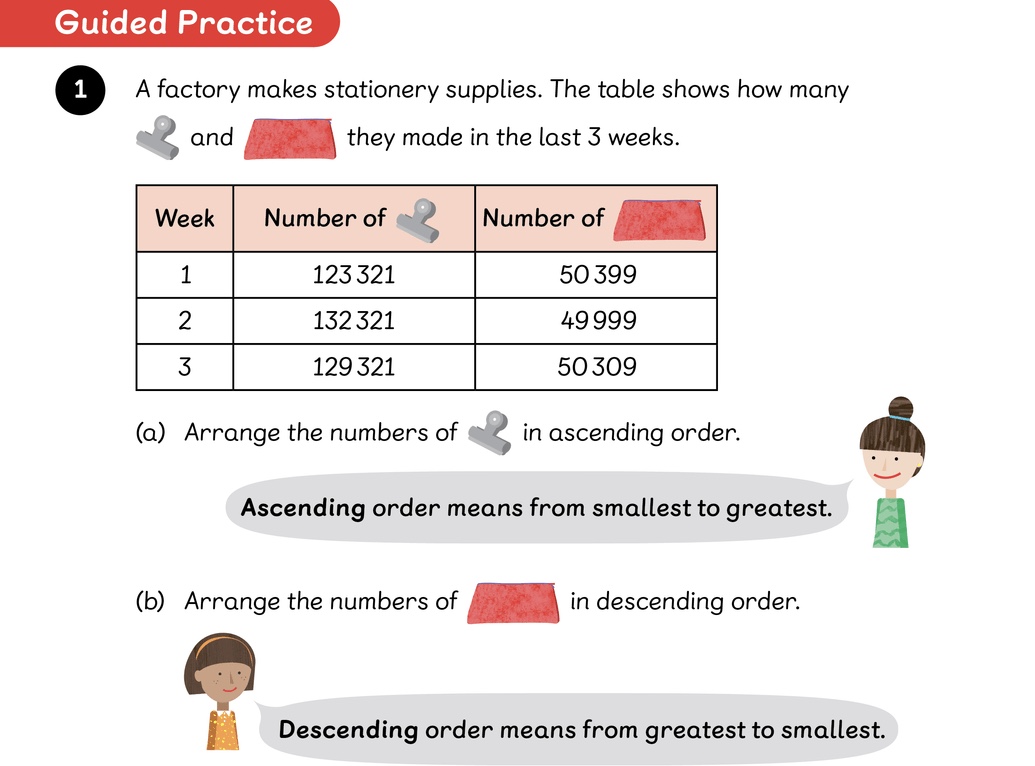

LC: To spell words with the letter string ‘ough’.
Talk Partners
Read the poem below. See if you can read it so it makes sense.
What makes this poem tricky?
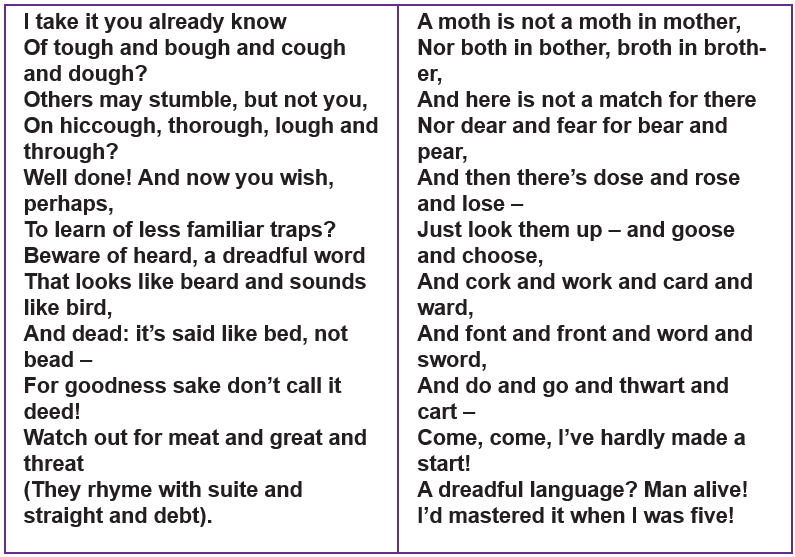
Now, let's read it as a class and underline the ‘ough’ words.
Can you identify how many different sounds the letter string ‘ough’ can make?
Activity
Look at the below words containing ‘ough’.
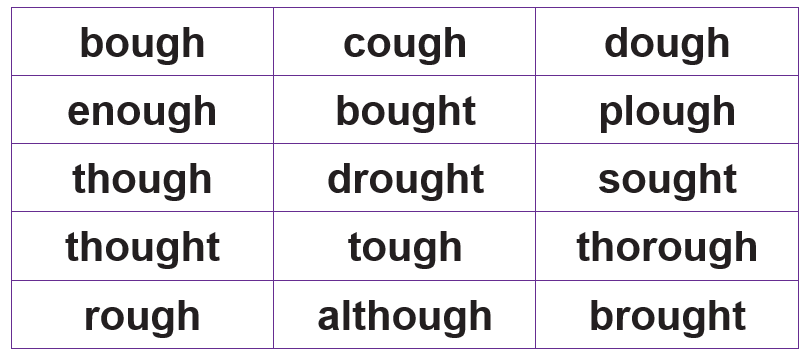 With your talk partner, sort the words according to how the ‘ough’ grapheme is pronounced (use your whiteboards).
With your talk partner, sort the words according to how the ‘ough’ grapheme is pronounced (use your whiteboards).
Look up any words you don’t know in a dictionary to check meaning and pronunciation.
LC: Know why it is important to listen and respond respectfully to people with a diverse range of differences.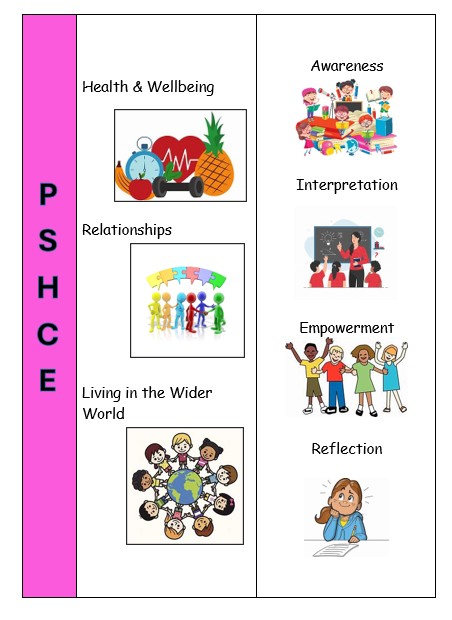

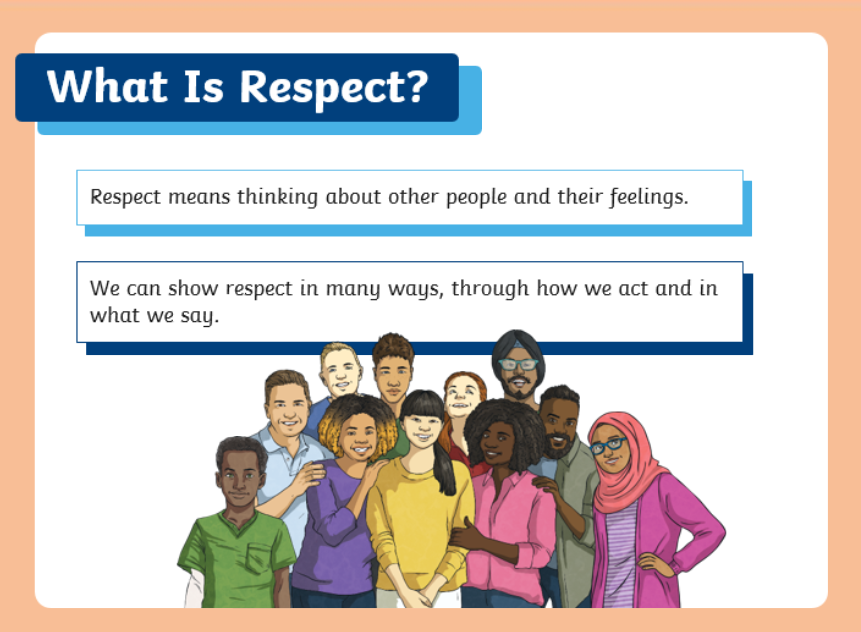
What is diversity? In what ways are people different from each other? Can we always see these differences?
Click on the picture and watch the video to find out more.
Activity
How would you show respect in each of the situations below and value the experience?
What might you say? What might you do? What would you think?
